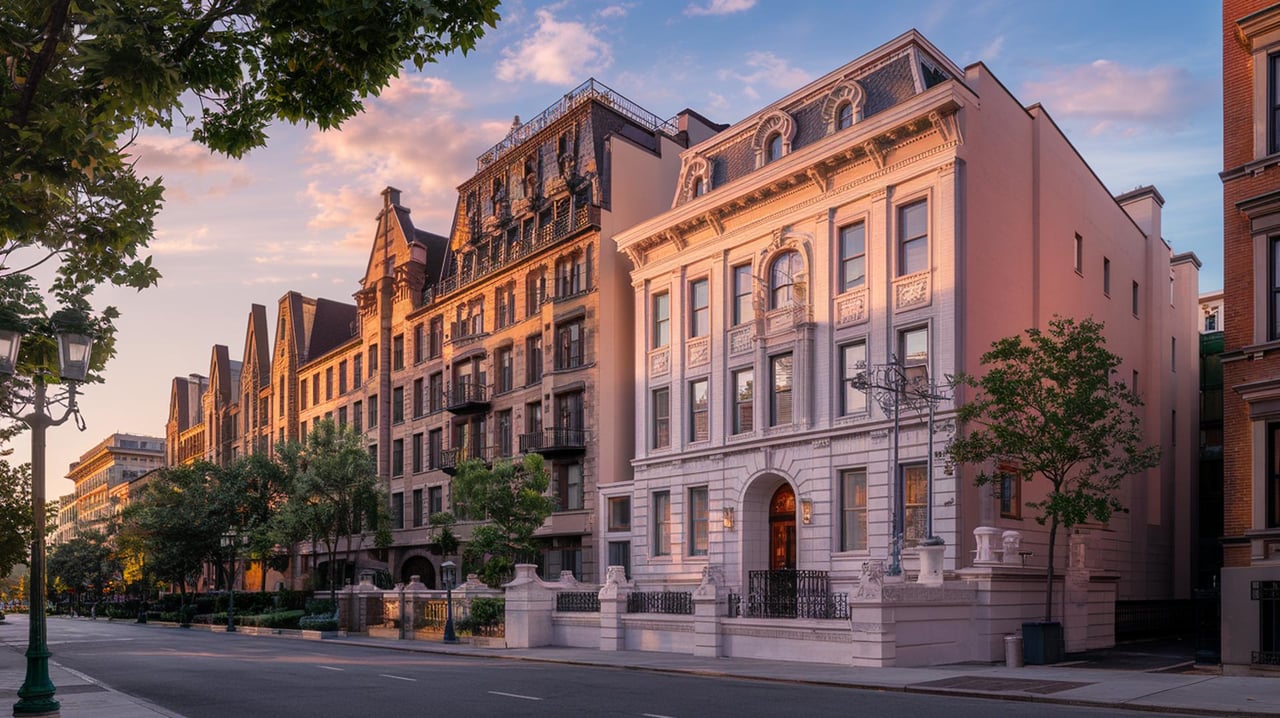
Upper West Side Iconic Architecture: Your Guide to Landmarks
December 24, 2024

December 24, 2024
The Upper West Side of Manhattan is a neighborhood steeped in history and architectural grandeur. Known for its iconic buildings and cultural institutions, this area offers a glimpse into New York City's rich architectural past. From the opulent Beaux-Arts designs to the intricate Gothic Revival styles, the Upper West Side is a treasure trove for architecture enthusiasts and history buffs alike. The neighborhood's landmarks not only reflect the architectural trends of their time but also tell stories of the city's evolution. Here, we explore some of the most remarkable architectural landmarks that define the Upper West Side.
One of the most famous residential buildings on the Upper West Side is The Dakota. Completed in 1884, this building is an exemplar of the Renaissance Revival style, characterized by its ornate gables and dormers. The Dakota has been home to many notable figures, including John Lennon, whose tragic death occurred just outside its doors. The building's distinctive architectural features and storied history make it a must-see for anyone interested in New York City's architectural heritage.
Another iconic residential building is The Ansonia, known for its Beaux-Arts elegance. Built between 1899 and 1904, The Ansonia was originally conceived as a luxury hotel and is now a condominium. Its grand façade, complete with a mansard roof and elaborate balconies, showcases the opulence of the Beaux-Arts style. The Ansonia has a rich history, having been home to numerous celebrities and serving as a backdrop for various cultural events.
The Apthorp is another residential landmark that stands out for its Italian Renaissance Revival architecture. Constructed in 1908, this building occupies an entire city block and features a stunning courtyard, a rarity in Manhattan. The Apthorp's grand entrance and intricate detailing reflect the luxurious living standards of the early 20th century. Its historical significance and architectural beauty continue to attract residents and visitors alike.
The American Museum of Natural History is not only a scientific institution but also an architectural marvel. Located on the Upper West Side, the museum's impressive façade and expansive interior house a wide range of exhibits, from dinosaur fossils to space exploration. The museum's architecture reflects its commitment to education and research, offering visitors an immersive experience into the wonders of science and nature. The Hayden Planetarium, part of the museum complex, is a highlight for those interested in astronomy.
While primarily a residential complex, Lincoln Towers is noteworthy for its strategic location and historical context. Situated in the heart of the Upper West Side, Lincoln Towers offers a blend of historical ambiance and modern conveniences. Its proximity to cultural institutions like the American Museum of Natural History and Lincoln Center makes it an integral part of the neighborhood's architectural landscape. The complex itself is a testament to mid-20th-century urban planning and development.
Landmark West! is a community organization dedicated to preserving the architectural and historical heritage of the Upper West Side. This organization plays a crucial role in advocating for landmark designations and raising awareness about the area's rich history. Landmark West! maintains a comprehensive database of historic districts and landmarks, providing valuable insights into the architectural evolution of the neighborhood. Their efforts in preserving iconic structures like The Dakota and promoting the preservation of various architectural styles contribute significantly to the neighborhood's charm.
The Dorilton is another example of the Upper West Side's architectural splendor. Built in 1902, this building is known for its elaborate Beaux-Arts design, featuring a grand entrance and intricate ironwork. The Dorilton's preservation is a testament to the neighborhood's commitment to maintaining its architectural heritage. Its striking façade and historical significance make it a noteworthy landmark in the area.
The San Remo is a twin-towered residential building that exemplifies the Art Deco style. Completed in 1930, it was the first twin-towered building in New York City and remains one of the most recognizable structures on the Upper West Side. The San Remo's architectural significance and its association with famous residents add to its allure. Preservation efforts ensure that this iconic building continues to be a symbol of the neighborhood's architectural diversity.
The Upper West Side is a neighborhood where history and architecture converge, offering a glimpse into New York City's past while embracing its future. Its architectural landmarks, from historic residential buildings to cultural institutions, reflect the neighborhood's rich heritage and enduring appeal. Whether you're an architecture enthusiast or simply exploring the city, the Upper West Side's landmarks provide a fascinating journey through time and design.
The Upper West Side is a treasure trove of architectural beauty and historical significance, offering a unique window into New York City's past. From the elegant facades of The Dakota and The Ansonia to the cultural richness of the American Museum of Natural History, each landmark tells a story of the neighborhood's evolution. If you're considering making this vibrant area your home, let the The Anable Podell Team guide you through the process. Their expertise can help you find the perfect place amidst these architectural gems.
Stay up to date on the latest real estate trends.
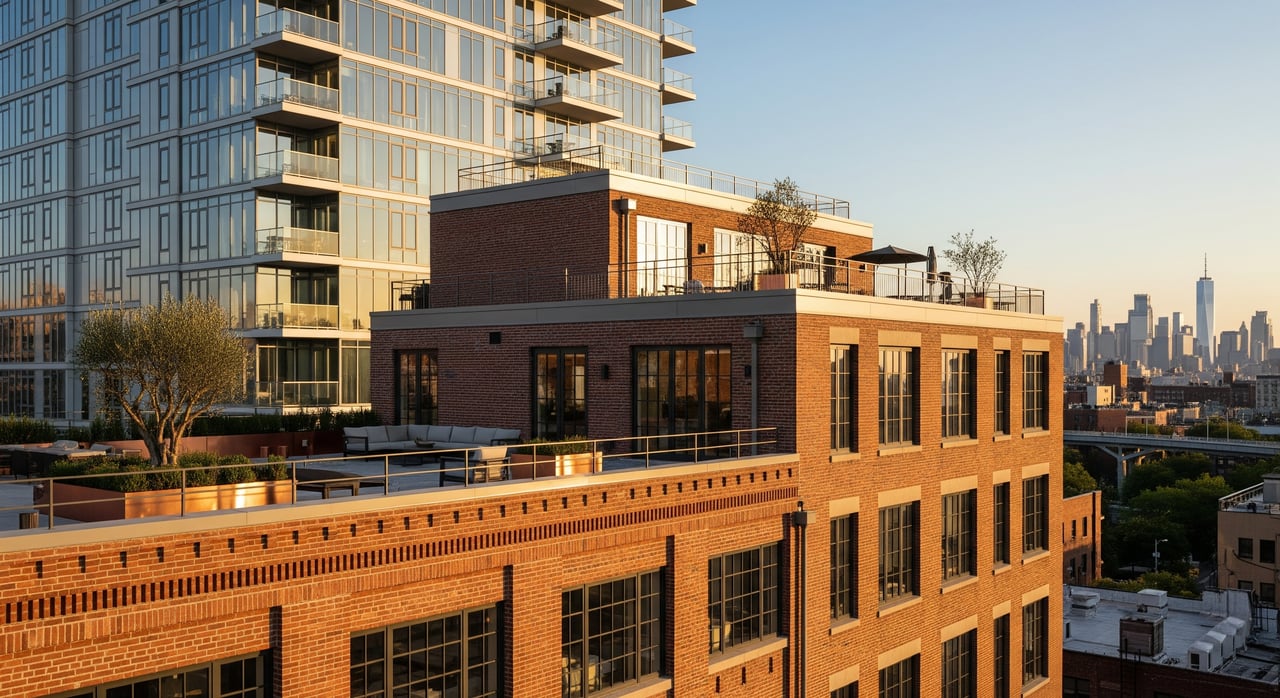
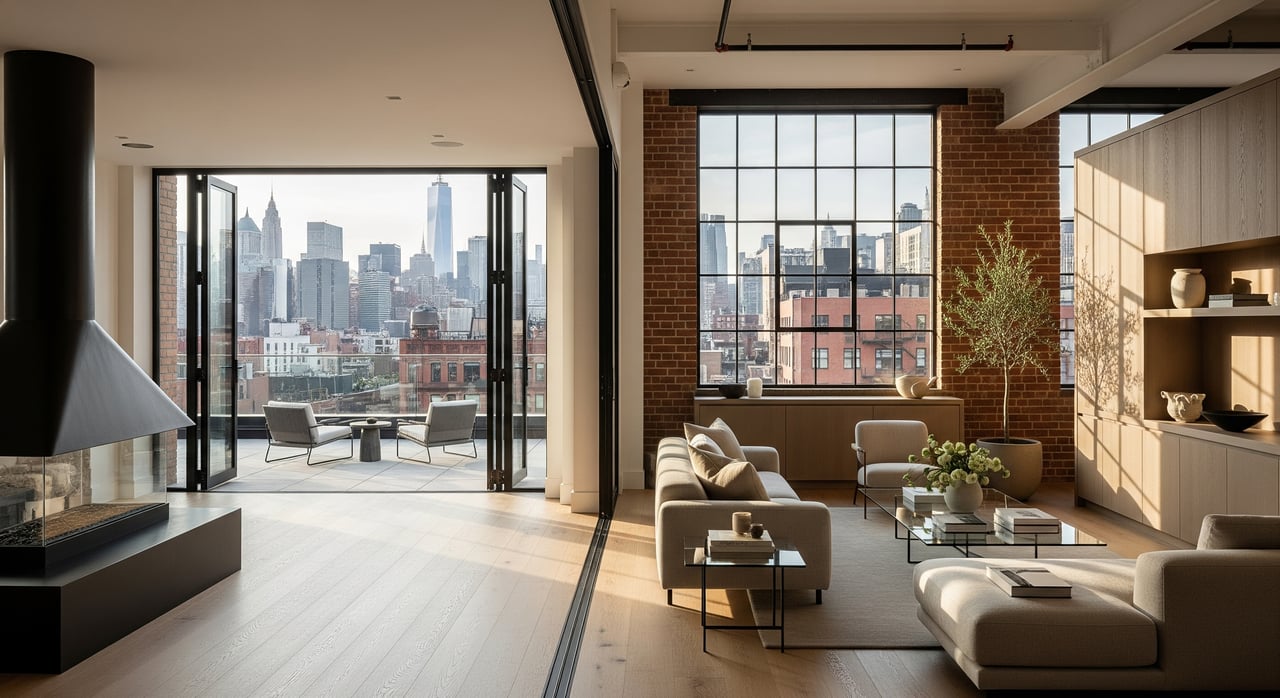

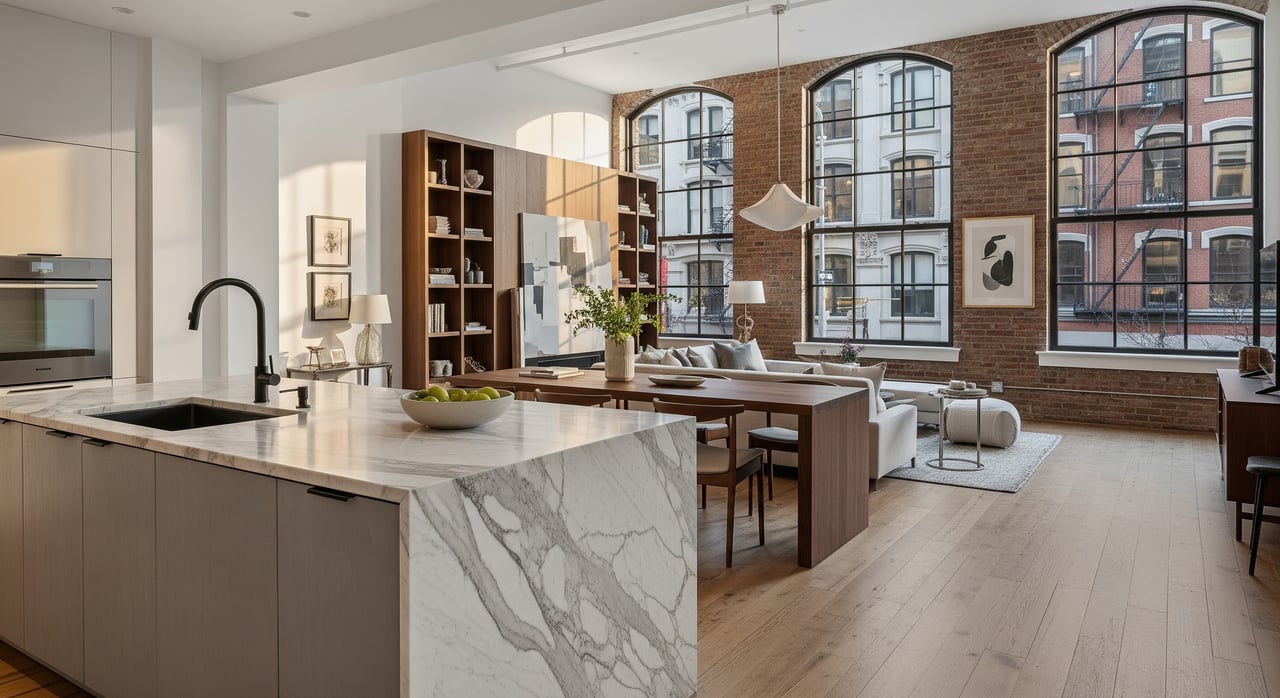
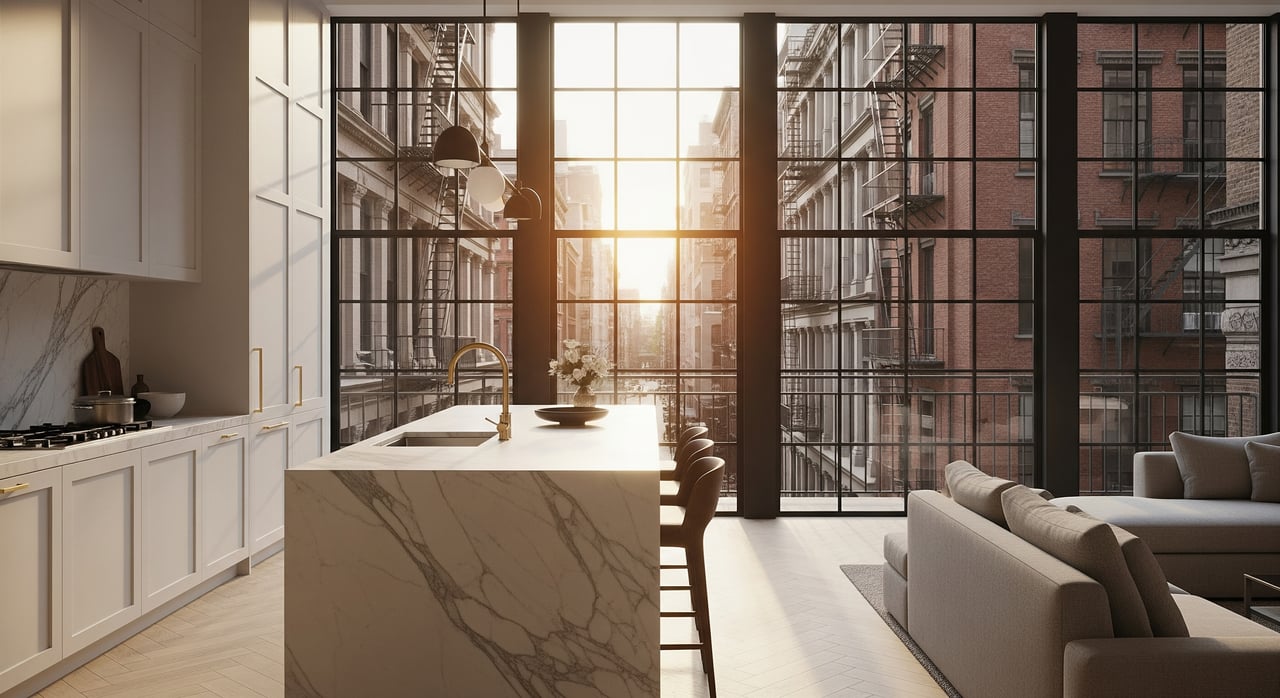
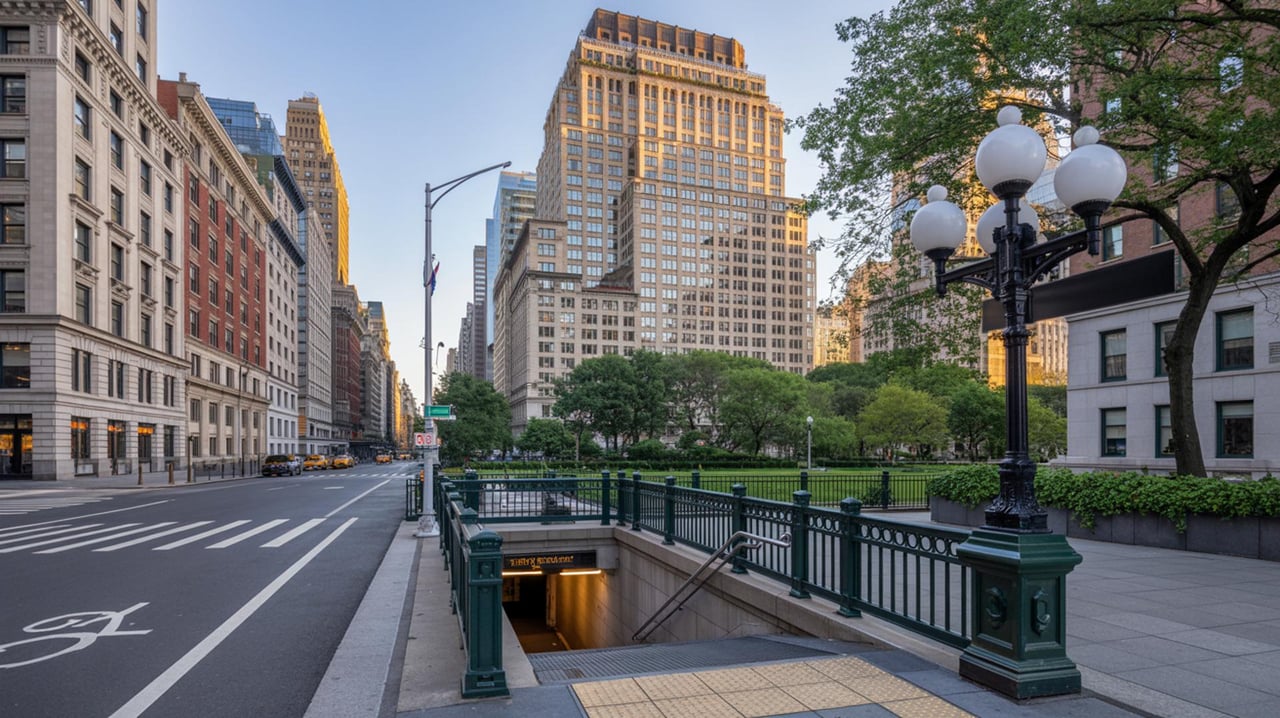
Real Estate
Enhancing Property Worth Through Local Amenities and Transportation

Lifestyle
Navigate Your Move Smoothly with These Essential Strategies
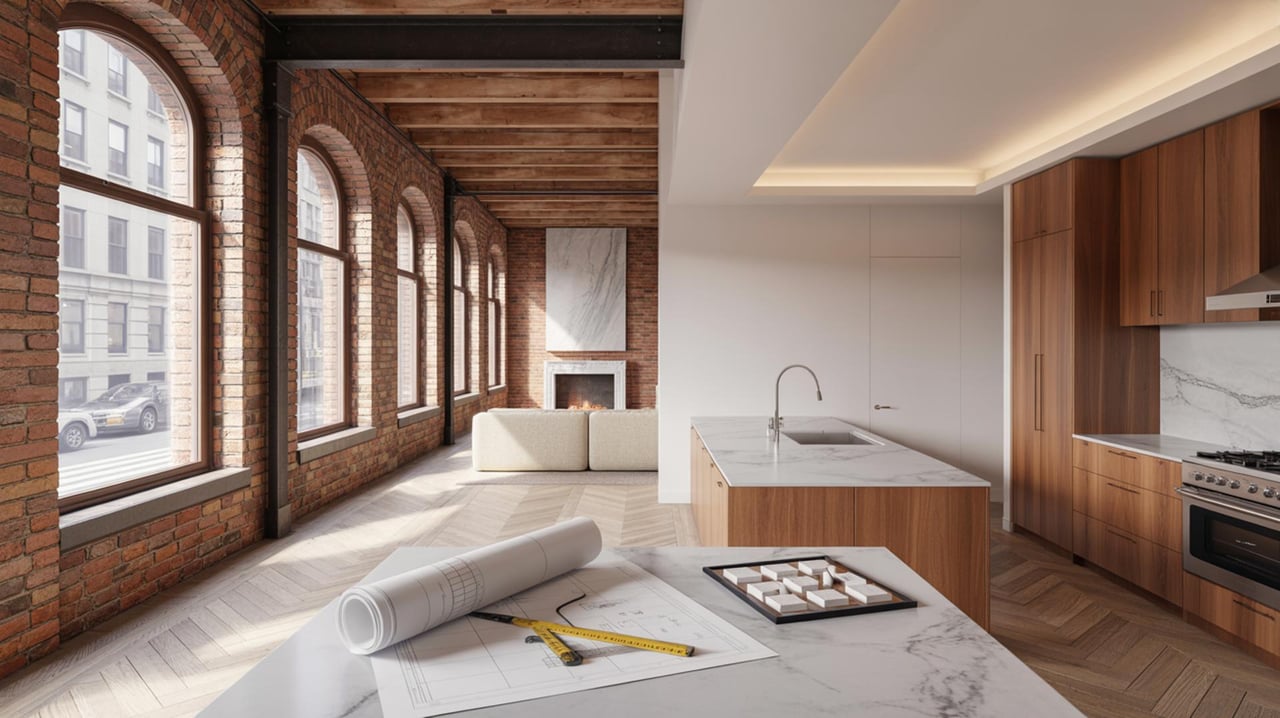
Real Estate
Essential Tips for Choosing the Best Contractor in Tribeca

Real Estate
Exploring the Impact of Modern Innovations on Real Estate Transactions in East Chelsea
Etiam non quam lacus suspendisse faucibus interdum. Orci ac auctor augue mauris augue neque. Bibendum at varius vel pharetra. Viverra orci sagittis eu volutpat.